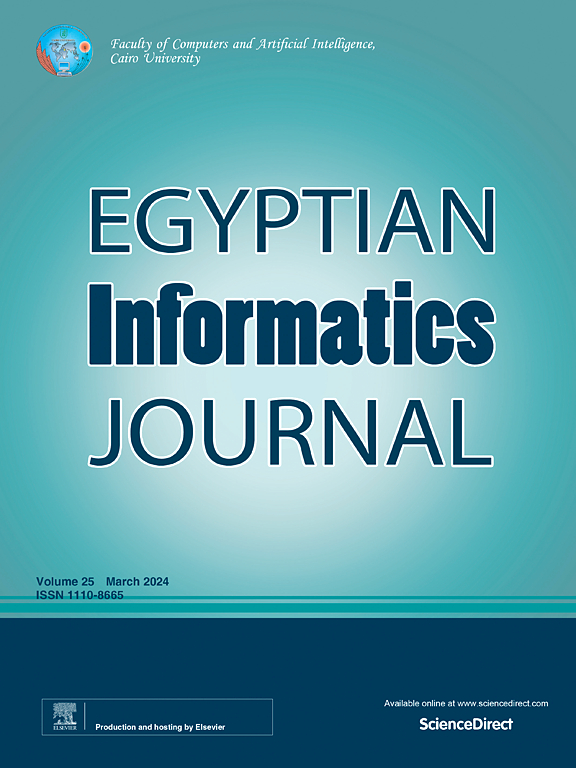Graph Sample and Aggregate-Attention network optimized for automatic translation of five line stanzas of Tang poems to poetic language
IF 5
3区 计算机科学
Q1 COMPUTER SCIENCE, ARTIFICIAL INTELLIGENCE
引用次数: 0
Abstract
Tang poems, also known as Tang poetry is a significant genre of classical Chinese poetry that flourished during the Tang dynasty, which spanned from 7th to the 9th century. These poems are celebrated for their artistic elegance, rich imagery, and profound emotional expressions. Tang poetry covers a wide range of themes, including nature, love, politics, society, and personal reflections. The Tang dynasty’s poetic legacy has left an indelible mark on Chinese literature and has had a lasting influence on poetry throughout the world. The Tang dynasty saw the propagation of Buddhism in China, and this spiritual influence is evident in many Tang poems. Poets often blended Buddhist concepts and imagery into their verses, adding a layer of depth and universality. In this manuscript, Graph Sample and Aggregate-Attention Network optimized for automatic translation of five line stanzas of tang poems to poetic language (GSAAN-AT-FLS-TPPL) is proposed. First, the data is collected from Poem Comprehensive Dataset (PCD). Then the collected data is given to preprocessing using Modified Fractional Order Unscented Kalman Filter for identifying the errors. Then the data is trained using GSAAN and Pelican Optimization algorithm for getting accurate results. The proposed GSAAN-AT-FLS-TPPL is performed in Python and its efficacy is analyzed under some metrics, such as Accuracy, Computational time, Recall, Mean Square Error and Power Dissipation. The simulation outcomes proves that the proposed technique attains 25.34%, 22.39% and 28.45 % higher precision, 24.98%, 18%, 29.1% lower computational time compared with the existing methods.
求助全文
约1分钟内获得全文
求助全文
来源期刊

Egyptian Informatics Journal
Decision Sciences-Management Science and Operations Research
CiteScore
11.10
自引率
1.90%
发文量
59
审稿时长
110 days
期刊介绍:
The Egyptian Informatics Journal is published by the Faculty of Computers and Artificial Intelligence, Cairo University. This Journal provides a forum for the state-of-the-art research and development in the fields of computing, including computer sciences, information technologies, information systems, operations research and decision support. Innovative and not-previously-published work in subjects covered by the Journal is encouraged to be submitted, whether from academic, research or commercial sources.
 求助内容:
求助内容: 应助结果提醒方式:
应助结果提醒方式:


